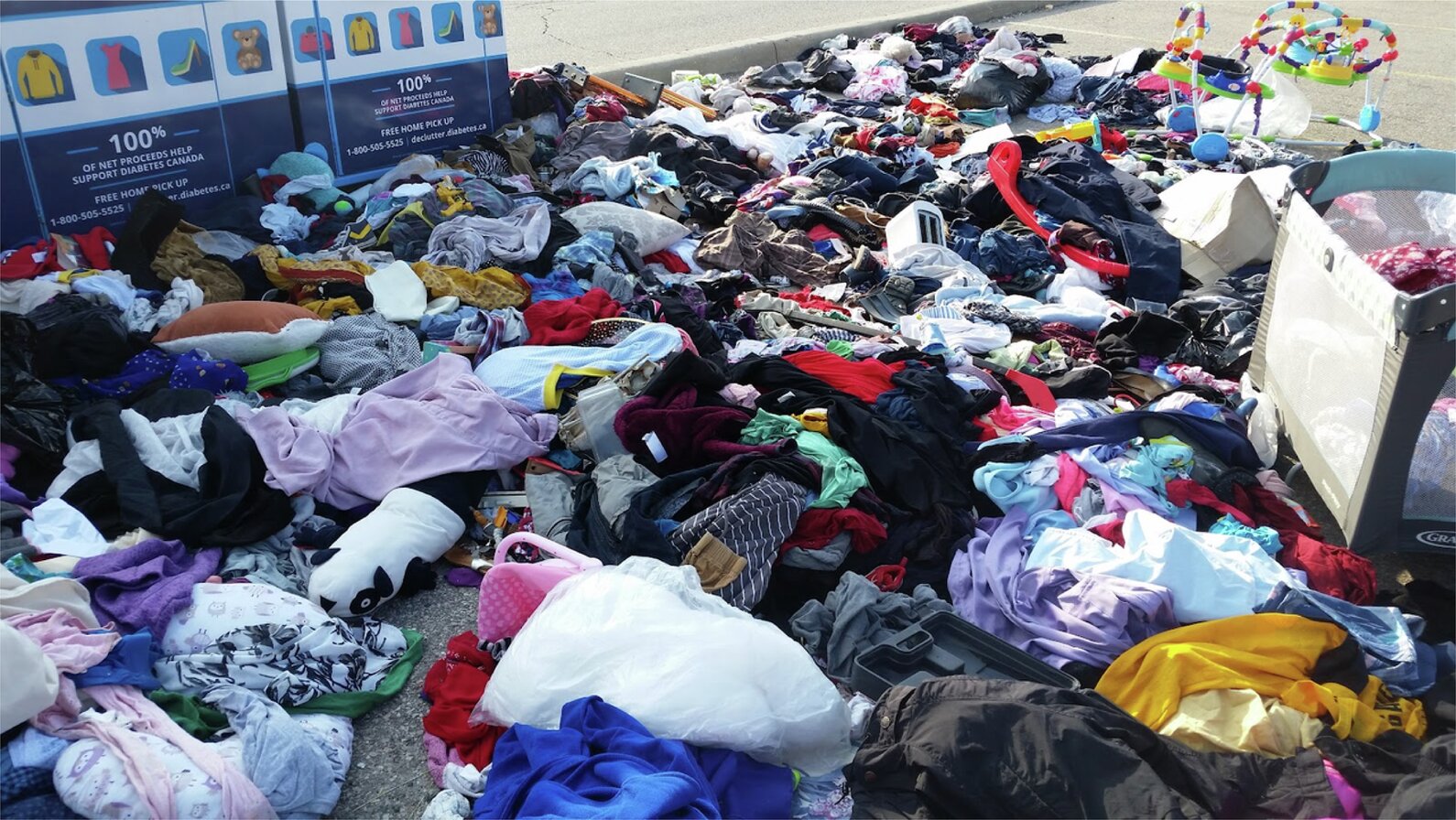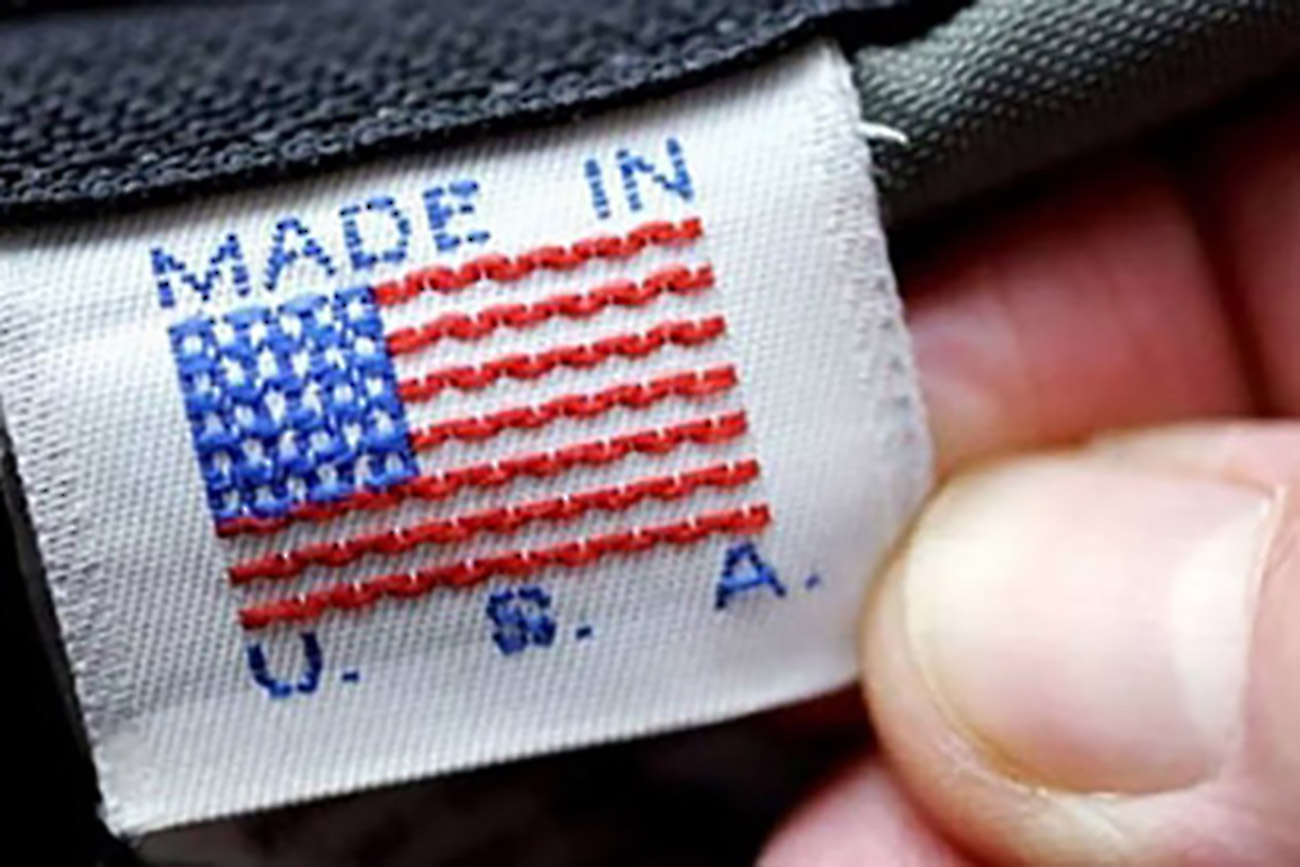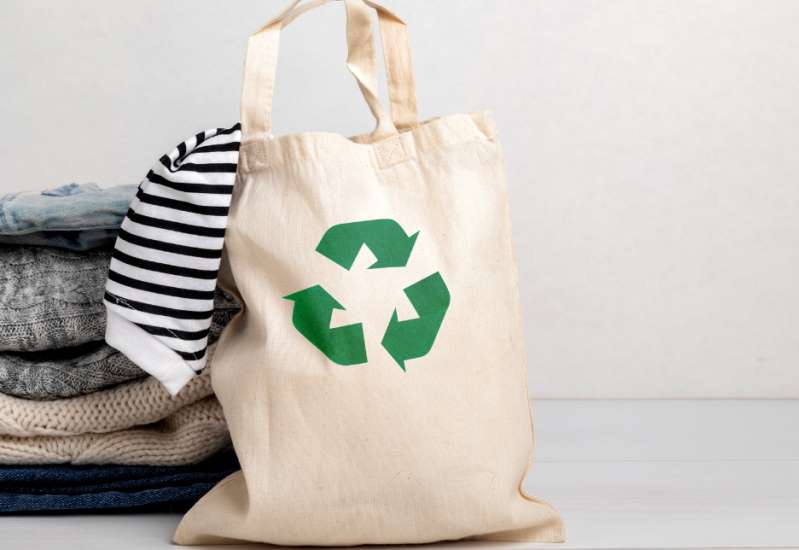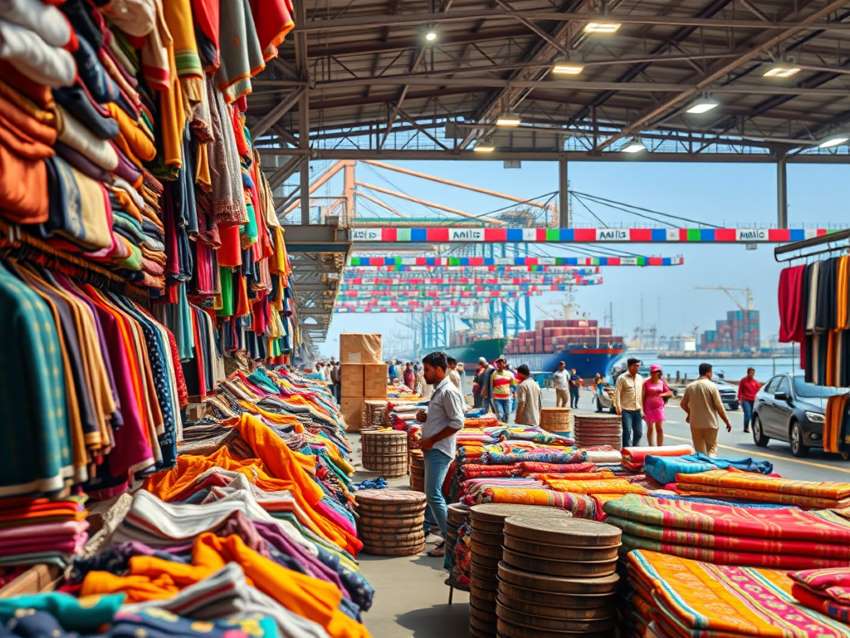
With 2025 its date of expiry drawing close, the African Growth and Opportunity Act (AGOA) that gives duty-free benefits to goods of designated sub-Saharan African (SSA) countries, is now set for a change for better or worse. The AGOA legislation was approved by the US Congress in May 2000 and signed by President Clinton to promote better economic growth through good governance and free global markets.
As it expires, one change that may happen is that the legislation may be replaced with new trade agreements between US and African countries who follow the free trade policies of the African Continental Free Trade Area (AFCFTA) agreement along with trade policies of the Prosper Africa initiative, also sponsored by the US.
US-African summit highlight AGOA report issues
AGOA in its current form is an extension of the Generalized System of Preferences (GSP) , which is the US trade preference system introduced in 1974 that allows more than a 100 countries mainly low-income nations, to export most of their goods duty-free into the US. At the US-African Leaders Summit 2022 held in Washington DC last December, to enhance cooperation on shared global priorities there was a hint at a probability of an AGOA extension before the up-coming 2025 deadline, although that has not taken place yet.
At the summit, many leaders such as Katherine Tai as US Trade Representative spokesperson addressed the media about the urgent need to discuss “ways in which we can improve AGOA - including how we can increase the utilization rates, particularly among smaller and less-developed countries, as well as ensure that the program's benefits fully reach all segments of society.”
The US International Trade Commission (USITC) in April 2023 analyzed the trade and economic impact of AGOA and provides utilization rates, recent trends in US imports under this act. It also details the impact of the program on regional integration, workers and underserved communities, economic development and job growth among other important data. The AGOA report includes case studies on four industries that are present in the SSA viz. apparel, cotton, cocoa, and certain chemicals
SSA countries try to maintain regular apparel exports to the US
Around 20 countries are currently eligible for AGOA’s apparel provision and 90 per cent of US apparel imports from AGOA members in 2021, were from the five SSA countries. These are: Kenya 31.5 per cent, Madagascar 19.9 per cent, Lesotho 20.6 per cent, Ethiopia 18.3 per cent and Mauritius 5.1 per cent.
The much needed AGOA benefits are updated regularly for SSA countries to maintain their apparel exports to the US. Whenever a country has lost its lost AGOA eligibility, there has been a significant decrease in apparel imports, for example, Rwanda and Madagascar saw it between 2000 and 2021.
SSA apparel manufacturers usually prefer supplying to the US as it is easier and more economically-viable than the European markets. This is because US brands place bigger orders for higher volume bulk basic garments, which doesn’t need high-tech skills local African workers.
Currently, most SSA countries do cut-and-sew operations of apparels based on imported raw materials mainly from Asian countries. There are many challenges in building a fully flourishing local textile industry in SSA. Most SSA manufacturers do not have the expertise to make various types of yarns and fabrics that are most in demand by US buyers and easy access to textile inputs from sources outside SSA is not always feasible financially and logistically. Reliance on imported textiles reduces the incentives for investing in new textile production capabilities within SSA countries.
Indeed, AGOA has been limited in building a more integrated regional textile and apparel supply chain in SSA countries since its inception. Perhaps the new changes will give it more strength to benefit Africa.












